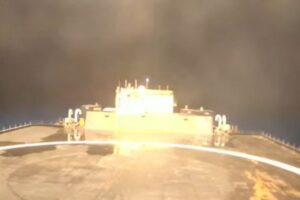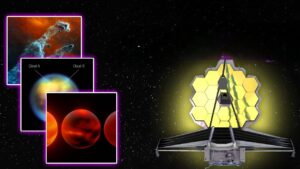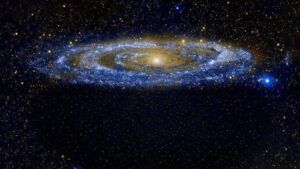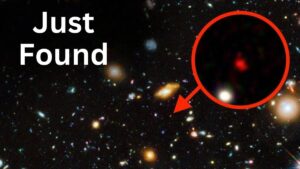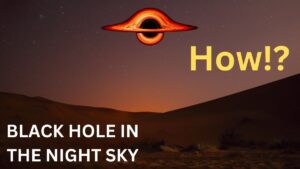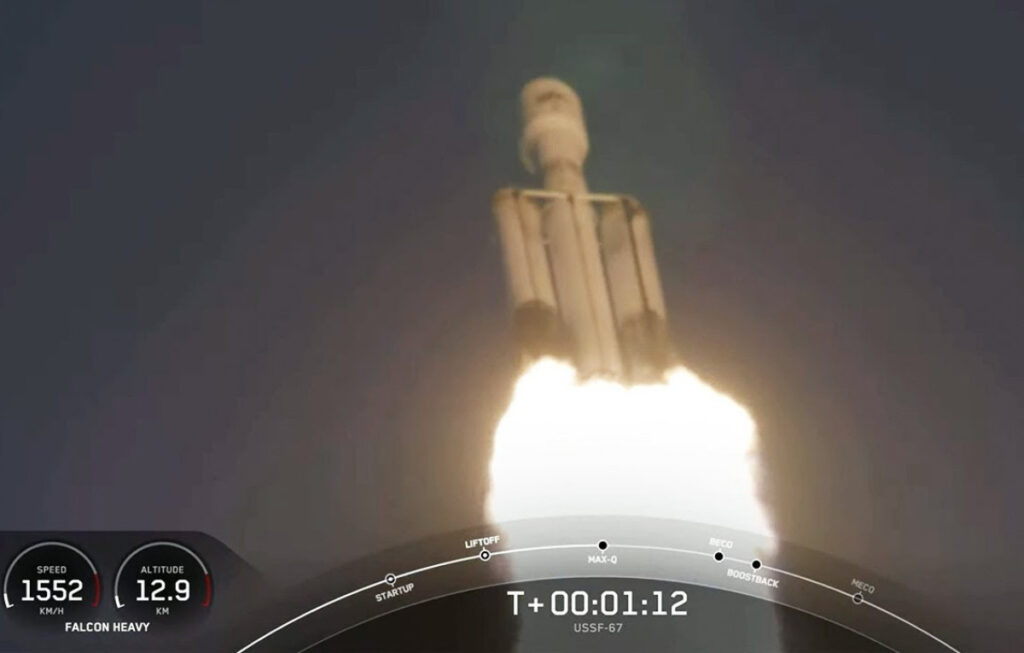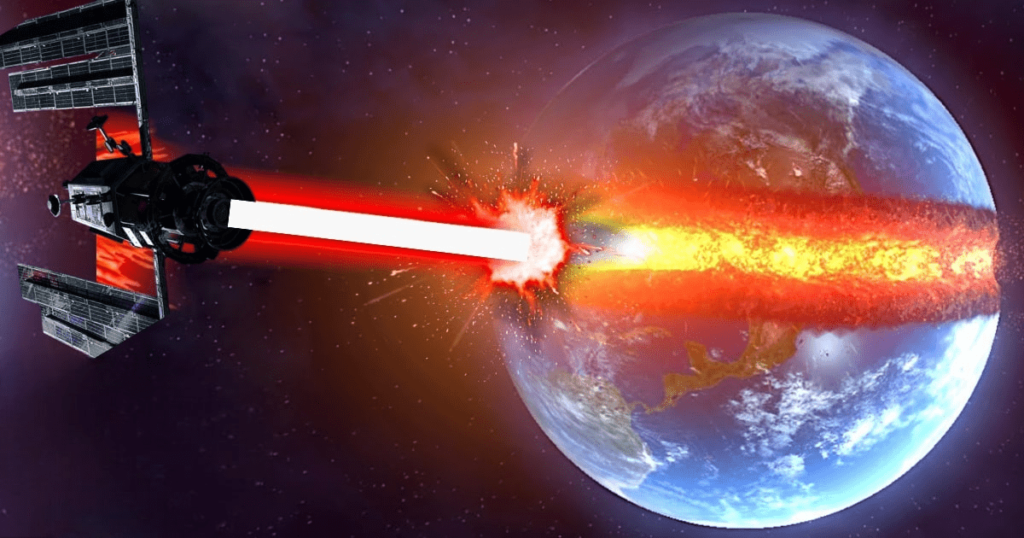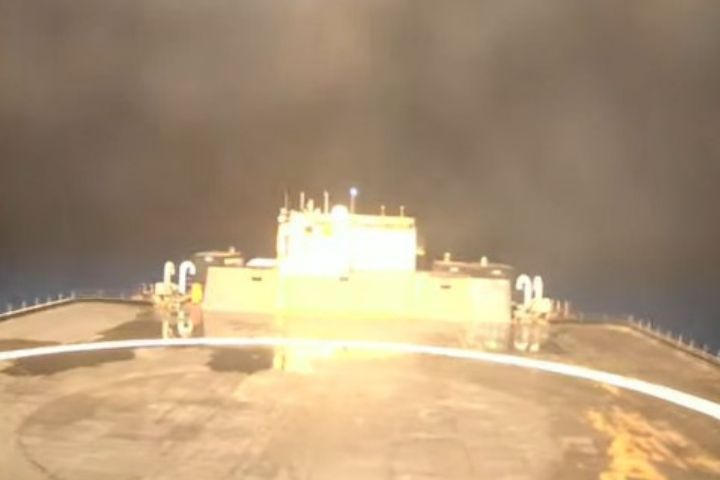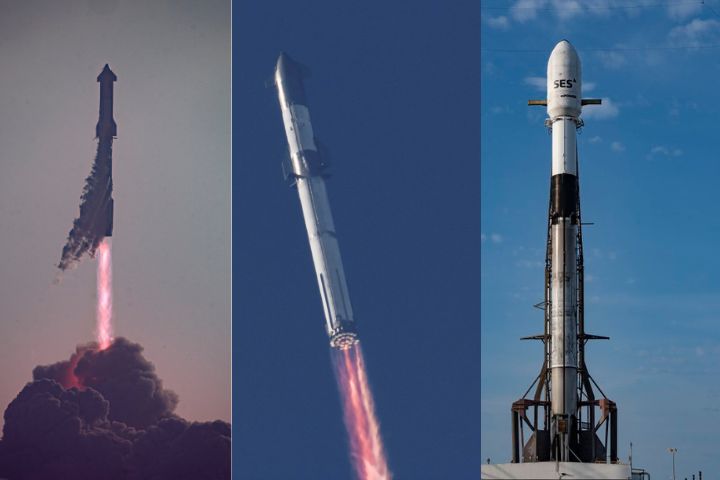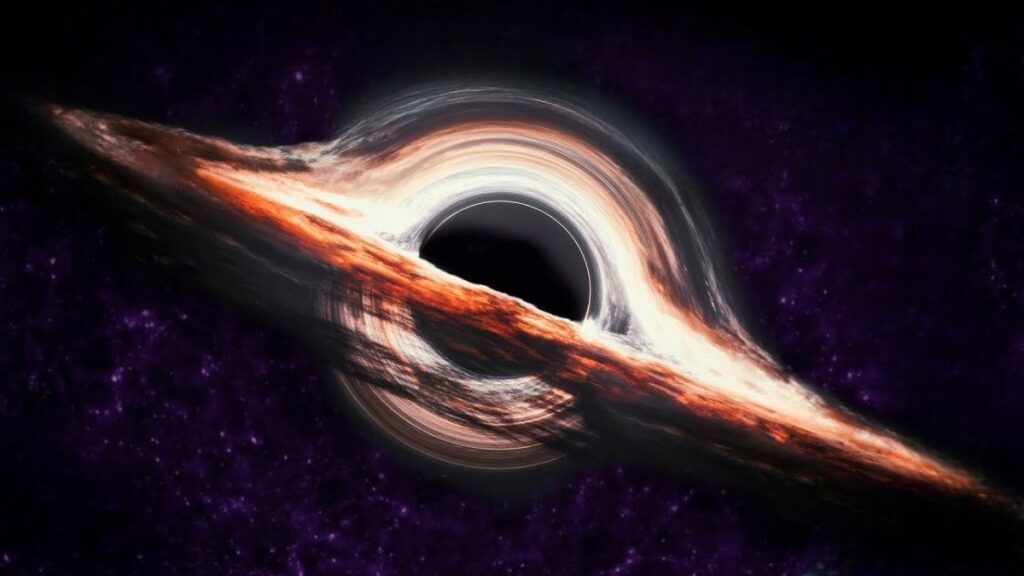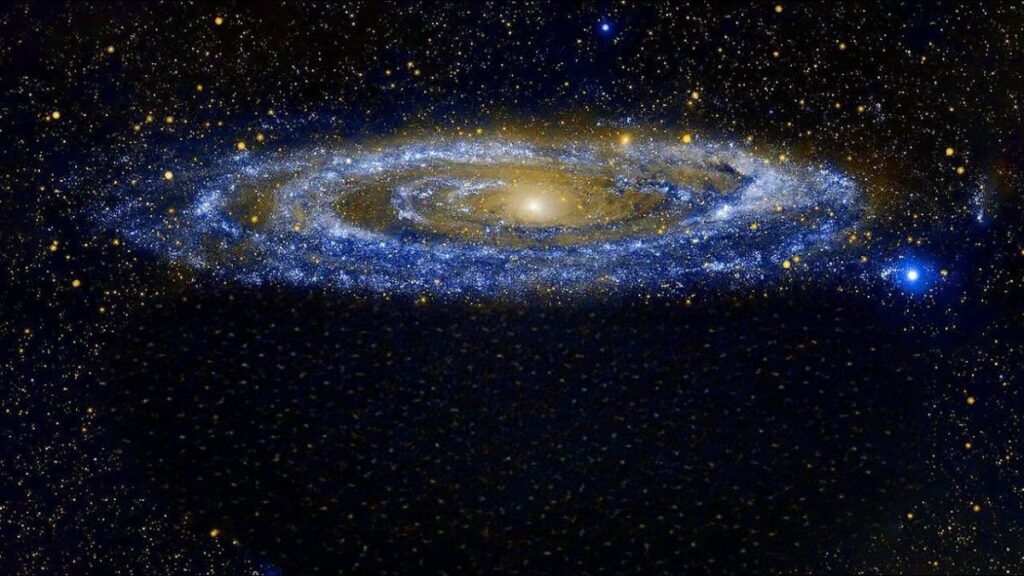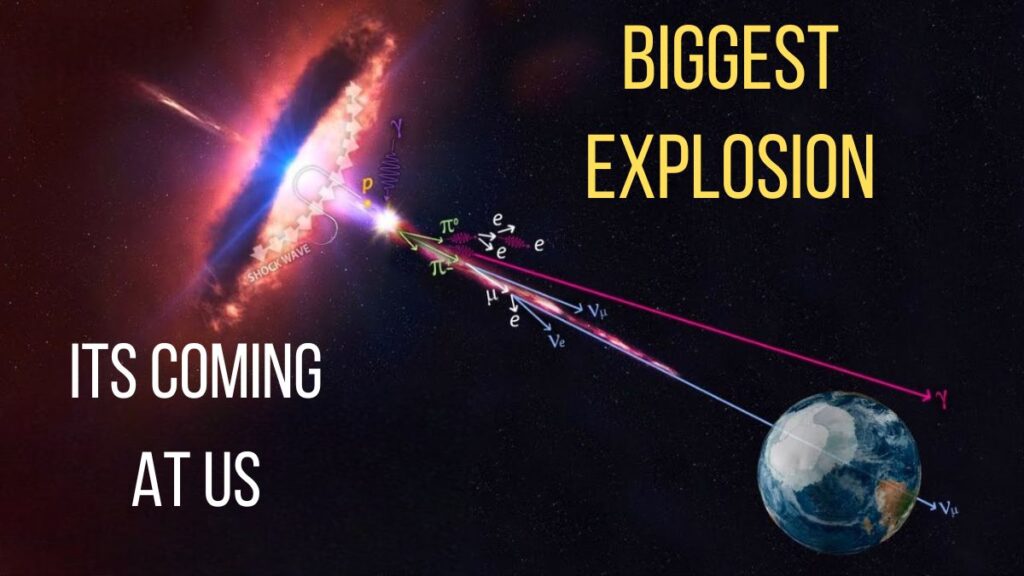
Astronomers have finally discovered a jawbreaking cosmic explosion, which has never happened before.
This is the closest event to Earth ever detected so far. A fleet of observatories took the pictures both from the earth and above the earth, collected the data together, and finally knew about this explosion.
Scientists call this explosion Gamma Ray Burst.
This explosion occurred at a distance of a billion light years from the Earth.
Due to its high power explosion, it affects the earth’s atmosphere even if it is at a distance of 20 billion trillion km. It is so bright that you can see it with a smaller amateur telescope.
I mentioned gamma-ray bursts, but what are they? Also, What things led to these huge explosions that are happening in our universe?
Last but not least, what made this record-setting gamma-ray burst so important to astronomers?
A gamma-ray burst (GRB) lasts three to four seconds and is a powerful blast of gamma rays.
In most cases, it only lasts a fraction of a second, and during that time, it produces as much energy as the sun would during its entire twelve billion-year existence.
However, where does this tremendous energy come from?
Let’s take a quick look at gamma rays to understand that.
These are the electromagnetic waves or forms of light with the highest energy.
A visible-light photon could be one million times weaker than a gamma-ray photon.
Because of their high energy density, photons can deplete an atom of electrons, making them an ionizing radiation type.
So that they can emit ions that have the potential to harm our DNA and tissues.
Fortunately, the ozone layer safeguards us here on Earth.
They are eliminated before they can cause harm.
But how were gamma-ray bursts initially detected if these powerful photons were unable to reach the surface?
The reason is that the Cold War occurred between the United States and the Soviet Union.
The United States of America sent vela satellites into space in the 1960s to look for gamma radiation pulses from space-tested nuclear weapons.
The vela 4 and vela 3 satellites detected a flash of gamma radiation on July 2, 1967, which was unlike any nuclear weapons signature that was previously known.
These baffling bursts could not be of terrestrial or even solar origin, according to subsequent research.
The first paper on gamma-ray bursts and their cosmic origin was published six years later.
Over 1700 GRBs have been observed thus far.
However, it took decades to better comprehend their nature and significance.
The distinct light curves produced by each GRB present yet another obstacle, so it is more difficult to comprehend them as a whole.
However, they can be divided into short and long GRBs broadly.
Most of the time, the short bursts only last a few seconds.
They are the result of a binary system containing two extremely dense neutron stars.
Their orbits degrade over the course of many millions of years as a result of the energy that gravitational waves lose.
They release powerful energy and form a black hole when they are close enough to touch.
The massive stars that explode at the end of their lives and again form black holes are the source of the lengthy bursts, which last for several minutes.
Material that wasn’t swallowed by the black hole quickly forms a swirling disk around it, sending two intense beams of energy out into space, one pointing upward and the other downward, away from the disk.
While the rest of the star explodes as a powerful supernova, these eat their way through the dying star and erupt outward.
The force of gamma-beam blasts comes from their tight concentration.
The explosive energy is concentrated in a very small area by these thin beams.
Astronomers can see a flash of gamma rays that are bright enough to be seen from billions of light years away if the beam is aimed at Earth.
A typical supernova is observed outside the path.
The most recent record-breaking supernova, the first gamma-ray burst observed on October 9, 2022, is referred to as GRB 221009 a (twenty-two, ten zero nine a, do not pause while narrating the name).
The initial flash was observed in space by the fermi gamma-ray telescope.
It is a space observatory that was launched in 2008 with the intention of quickly and accurately locating the GRBs.
The swift observatory caught the second gamma ray burst an hour later.
Astronomers all over the world responded to Swift’s automated alert by pointing their telescopes in the direction of the explosion.
The fact that this gamma-ray burst lasted for an unusually long time suggested how much energy it had available to it.
The spectral analysis reveals that the GRB was formed when a massive star went supernova, ending its life and creating a black hole, 2 billion light-years away in the direction of the constellation Sagitta.
In light of how much energy was delivered and the term of the burst, space experts gauge that the perishing star probably has been multiple times more gigantic than the sun.
It is the closest and most powerful GRB ever observed at two billion light years.
Even the planet’s atmosphere was affected.
Rami Mandow, an astrophysicist, noted in a tweet that light detectors in Germany and India demonstrated how light pulses changed abruptly at the same time the GB energy hit the earth.
The sudden removal of electrons from their host atoms indicates a change in the upper atmosphere of the earth.
Despite the fact that the change was minor and lasted only a short time, the phenomenon is remarkable given the 20 billion trillion kilometers that separate the earth from the source of GRB.
For astrophysicists studying high-energy cosmic phenomena, this GRB is an exciting discovery.
Astronomers have time to study it because it is so bright that telescopes won’t be able to see it until months later.
However, there is an issue.
GRB 221009a, which stands for “twenty-two, ten zero nine a,” will be so close to the sun that astronomers won’t be able to see it through their telescopes at the end of November.
As a result, before the GRB moves behind the sun as seen from Earth, they only have a brief window to observe its initial glow in various wavelengths.
Astronomers will be able to continue following the afterglow of GRB 221009a in order to limit the jet opening angle of the GRB and determine its true energy when it emerges from the sun’s opposite side.
The reason this particular GRB is so bright is still being investigated by astronomers.
However, they are of the opinion that a multiwavelength analysis will ultimately resolve this mystery.
It is also possible that some of the universe’s heavy elements were born in the most energetic GRBs.
To test that theory, this gamma-ray burst serves as an unprecedented laboratory.
Astronomers want to determine whether supernovae can produce heavy elements like gold.
As a result, they will measure the light spectra of material that was blown away by the supernova that produced this particular GRB.
Gamma-ray bursts are important to study because they are excellent laboratories for the most extreme processes in the universe.
Additionally, this once-in-a-century explosion has astronomers thrilled because they may have witnessed historic events.
The 35th episode of the Sunday Discovery series comes to an end with this one.
If you enjoyed this story, please consider reading these posts, I am sure you will love them.
Read More:
